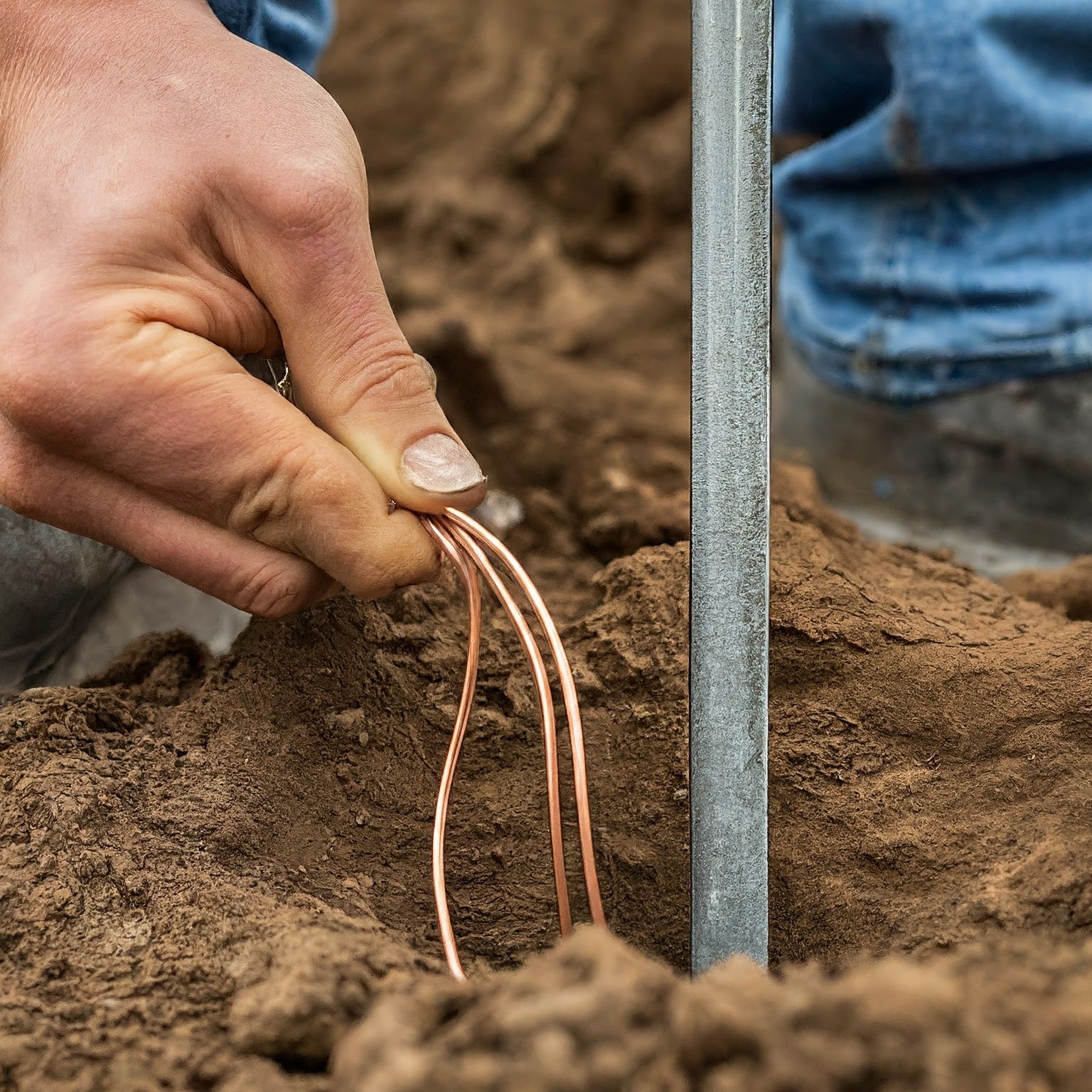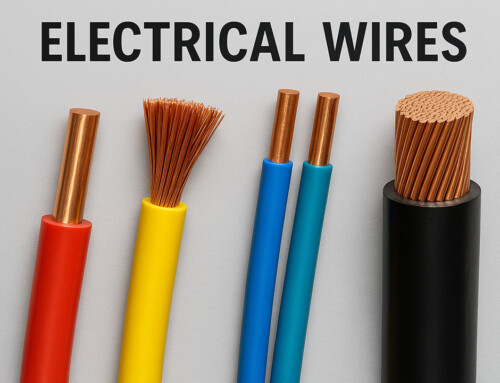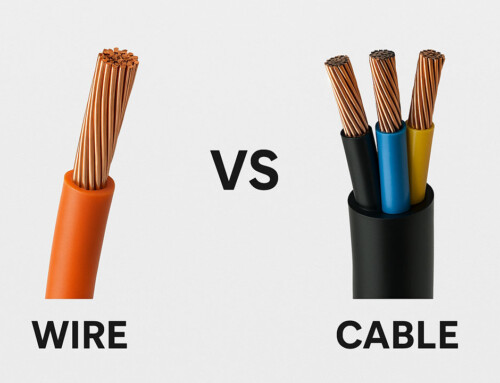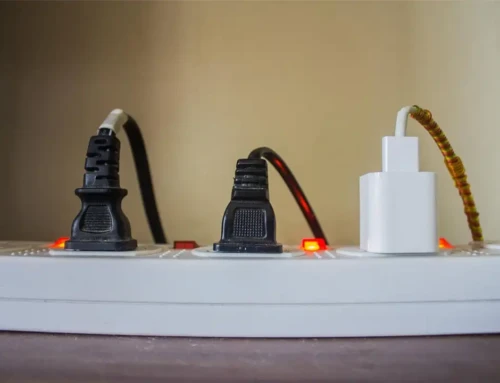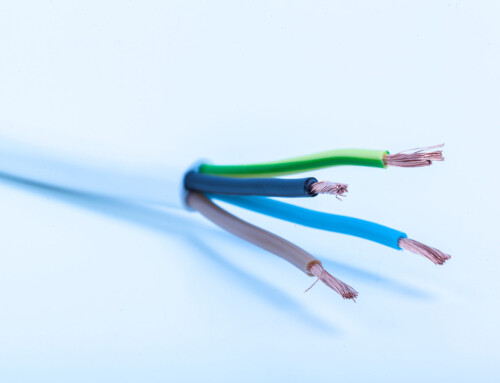Table of Contents
Have you ever noticed a long metal rod sticking out of the ground near a building? That’s an electrical ground rod, and it’s there for an important reason: safety.
An electrical ground rod is simply a metal conductor driven deep into the earth. You can think of it as a lightning rod for your electrical system. Normally, electricity flows safely through wires in your building. But sometimes, too much electricity can build up, like during a lightning strike. This extra electricity can be a serious hazard.
That’s where the ground rod comes in. It provides a safe path for that extra electricity to flow harmlessly into the ground, away from people and appliances. By using ground rods, we can help prevent electrical shocks and protect valuable equipment from damage. This article will explain everything you need to know about electrical ground rods. Let’s get started!
Understanding the Function of an Electrical Ground Rod
Ground rods play an important role in keeping your electrical system safe and help them with function properly. They act like a safety measure, protecting your home or building from lightning strikes, power surges, and even issues within the wiring itself. Let’s look at how ground rods help with each of these:
-
Lightning Strikes
During a thunderstorm, lightning can strike your building. A properly installed ground rod provides a direct path for the strong current from the lightning to travel safely into the ground. This keeps the surge away from your electrical wiring and protects people and equipment from high-voltage spikes.
-
Power Surges
Lightning or activity at power stations can sometimes cause unexpected increases in voltage, called power surges. These surges can damage your electronic devices. By providing an alternative path, the ground rod helps absorb this extra energy and safeguard your electronics.
-
Fault Currents
Sometimes, damage to your wiring or faulty appliances can create a situation where electricity flows unintentionally. This can be a fire hazard and damage electrical components. A ground rod offers a safe escape route for this electricity to go into the ground, preventing fires and protecting your property.
Design and Construction of Ground Rods
-
Materials Used
- Copper: Copper is a popular choice for ground rods due to its durability. These rods have a steel core coated with copper, making them last longer than other types.
- Stainless Steel: Stainless steel ground rods are more expensive but are very resistant to corrosion. They are ideal for areas with high salt content.
- Galvanized Steel: Galvanized steel ground rods are a cheaper alternative. They have a zinc coating on a steel base to protect against rust. However, they don’t last as long as copper rods. Salt exposure can wear away the zinc, giving it a lifespan of about 15 years, compared to copper rods which can last around 40 years.
-
Standard Dimensions
Ground rods come in various sizes, but two main aspects determine their standard dimensions: length and diameter.
- Length: Ground rods can be as short as 4 feet, but most commonly come in 8-foot (2.4-meter) lengths. This minimum length is required by safety standards like UL 467 in the United States. However, for better grounding, 10 feet (3 meters) is often recommended.
- Diameter: Unlike length, diameter offers more flexibility. Standard options typically range from ½ inch (12.7 mm) to 1 inch (25.4 mm). Choosing the right diameter depends on factors like your soil and the level of grounding resistance needed. A wider diameter provides better strength and resists corrosion more, but can be harder to drive into the ground. Conversely, a narrower diameter is easier to install but might not be sufficient for some situations.
Choosing Your Grounding Rods
When choosing grounding rods, it’s important not to compromise on quality. Invest in durable materials to ensure longevity. Cheaper materials are more prone to corrosion and may have a shorter lifespan, ultimately costing more over time. The faster a rod corrodes, the shorter its effective life. If building or construction codes do not specify the type of rod to use, contractors might opt for less expensive options, potentially compromising the system’s reliability.
Electrical Ground Rod Installation
-
Selecting the Right Location for the Rod
Here are some important factors to consider when selecting a location for your ground rod:
- Accessibility and Proximity: The ideal spot for your ground rod is outside your house, but relatively close to your electrical panel. This minimizes the amount of grounding wire needed and simplifies the connection process.
- Conductor Route Planning: As you choose a location, consider the path the grounding wire will take from the rod to the electrical panel. Opt for a route that avoids obstacles and allows for easy trenching, if necessary.
- Soil Conditions: Dense rocks or heavily compacted soil can make driving the rod difficult. Look for softer, more workable ground for a smoother installation.
- Safety First: Always call your local utility locating service before digging. This helps identify any underground wires or pipes that could be accidentally damaged during the process. Calling beforehand ensures the safety of yourself and your property.
-
Inserting the Rod into the Ground
Ready to insert the ground rod? Here’s what you’ll need to do:
- Digging the Starting Hole: Begin by making a space for the rod. Use a shovel to create a hole about 2 to 4 feet deep and 6 inches wide. This initial depth makes driving the rod easier and gives you room to swing a hammer or use another driving tool. Remember, the final goal is to get the rod at least 8 feet underground. This starting depth helps with that.
- Driving the Rod: Once the hole is ready, carefully place the ground rod in the hole, pointed end first. Now comes the physical part! Use a sledgehammer or a dedicated driving tool (attached to a drill or post driver) to steadily push the rod into the ground. Keep the rod straight up and down for the best grounding, and keep driving until the top reaches your desired depth – at least 8 feet below the surface. If the ground is tough or you need to go deeper, some ground rods are designed to add extra sections if needed.
-
Connecting the Rod to the Electrical Panel
This important step ties the grounding system to your home’s electrical panel. Here’s what you’ll need to do:
- Run the Grounding Conductor: First, carefully pull the grounding electrode conductor (consult a professional to determine the right size for your system) from the trench to the electrical panel location. Use appropriate conduit to protect the wire if it runs underground or is exposed outdoors.
- Attach to the Rod: Secure the grounding conductor to the top of the ground rod using a grounding clamp specifically designed for this purpose. Tighten the clamp securely with a wrench.
- Connect to the Panel (Always with the Power Off!): Turn off the main breaker in your electrical panel to ensure complete safety. Locate the ground bus bar within the panel – it’s typically a bare metal bar with multiple connection points for grounding wires. Strip the end of the grounding conductor according to the manufacturer’s specifications and securely fasten it under one of the open lugs on the ground bus bar using the appropriate screwdriver.
- Don’t Forget to Inspect: Once everything is connected and the power is off, call a licensed electrical inspector to verify your installation meets all local electrical codes. This ensures your ground rod system functions safely and effectively.
-
Maintenance and Testing
A well-maintained grounding system is essential for electrical safety in your building. Just like any safety equipment, ground rods benefit from regular care to ensure they function properly. Here are the important steps that are involved in maintenance and testing:
- Checking for Damage: The first step is a simple visual inspection. Ideally, you should do this every few months. Look for signs of wear and tear on the ground rod itself, such as rust, corrosion, or cracks. It’s also important to check the connection point where the grounding wire meets the rod for tightness and any visible damage.
- Maintaining Conductivity: A ground rod’s effectiveness depends on its ability to conduct electricity with minimal resistance. Factors like soil moisture can affect this. Some ground rods are installed with a special conductive compound to improve their performance, especially in drier areas.
- Testing Ground Resistance (Optional): While regular inspections are important, a qualified electrician can perform more precise tests using specialized equipment to measure the ground resistance. There are two main methods used:
- Clamp-on Ground Meter: This method involves a meter clamped around the grounding wire near the ground rod. A reading below 25 ohms generally indicates a good connection.
- Fall of Potential Test: This is a more involved test that requires additional rods to be driven into the ground. It provides a more detailed picture of the grounding system’s health.
Note: While this information highlights the importance of ground rod maintenance, it’s recommended to consult a qualified electrician for any electrical work or testing.
Application of Electrical Ground Rod
Electrical ground rods might not be the most noticeable part of an electrical system, but they play a major role in safety and functionality. These hidden protectors are found in various places, including:
- Communication Towers and Cell Sites: These tall structures are prime targets for lightning strikes. Ground rods safely channel that energy into the earth, safeguarding sensitive communication equipment.
- Power Stations and Transmission Lines: Ground rods are equally important here, grounding electrical equipment and preventing faults that could disrupt power delivery.
- Industrial Facilities: Powerful machinery can create electrical problems. Ground rods provide a safe pathway for these stray currents, protecting people and equipment from harm.
- Radio and TV Towers: Like communication towers, these are lightning magnets. Ground rods ensure a safe path for the current, keeping broadcasting equipment operational and transmissions uninterrupted.
Electrical ground rods are unsung heroes in your electrical system. They play an important role in keeping your home or building safe. By understanding what they do and how to maintain them, you can help ensure your electrical system is ready for unexpected surges or faults. Remember, a properly grounded system is essential for safety, protecting you, your loved ones, and your electronics. For any electrical work or testing, it’s always best to consult a qualified electrician for peace of mind and a safe electrical environment.

